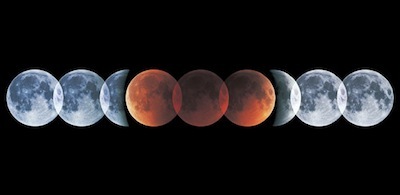Update: By 8:30 am the temperature has dropped to 36º below O F. This is a drop of 15 degrees since 5:30 am, which hardly seems possible, but I have rechecked the weather reports and this seems to be the case. 36 below 0 F. is certainly cold enough to freeze twice-distilled arkhi, so it seems we are indeed experiencing Khorz Arkhi Khöldönö.
I mentioned earlier that the First of the Nine-Nines—the Nine-Nines being nine periods of nine days each, each period characterized by a certain type of winter weather—started on the day of the Winter Solstice, which occurred here in Mongolia on December 22. The Second of the Nine Nines begins today, December 31. Known as Khorz Arkhi Khöldönö, this is the time when twice-distilled homemade Mongolian arkhi (vodka) freezes. As you will recall, the first of the Nine-Nines was the time when regular, or once distilled, arkhi freezes. As this indicates, the second period should be colder than the first, since twice distilled arkhi obviously has a much higher alcohol content. This morning at 5:00 it was a relatively balmy Minus 21°F / –29°C, however, almost exactly the same temperature on the same day last year. The Third of the Nine Nines begins on January 8th.
As some of you may know, today is also the last day of the year according to the admittedly outdated and outmoded Gregorian calendar which unfortunately seems to hold much of the world in its thrall. I have been boycotting the Gregorian calendar for several years now (I prefer the Lunar Calendar myself), so as usual I will not be celebrating anything tonight. Don’t expect to find me in any of Ulaan Baatar’s notoriously Louche Coffee Shops. I will spend the evening in my hovel, but since it is Friday Night I may treat myself to some twenty-year old Puerh Tea while perusing the latest addition to the Scriptorium, the biography of Lesley Blanch.
I mentioned earlier that the First of the Nine-Nines—the Nine-Nines being nine periods of nine days each, each period characterized by a certain type of winter weather—started on the day of the Winter Solstice, which occurred here in Mongolia on December 22. The Second of the Nine Nines begins today, December 31. Known as Khorz Arkhi Khöldönö, this is the time when twice-distilled homemade Mongolian arkhi (vodka) freezes. As you will recall, the first of the Nine-Nines was the time when regular, or once distilled, arkhi freezes. As this indicates, the second period should be colder than the first, since twice distilled arkhi obviously has a much higher alcohol content. This morning at 5:00 it was a relatively balmy Minus 21°F / –29°C, however, almost exactly the same temperature on the same day last year. The Third of the Nine Nines begins on January 8th.
As some of you may know, today is also the last day of the year according to the admittedly outdated and outmoded Gregorian calendar which unfortunately seems to hold much of the world in its thrall. I have been boycotting the Gregorian calendar for several years now (I prefer the Lunar Calendar myself), so as usual I will not be celebrating anything tonight. Don’t expect to find me in any of Ulaan Baatar’s notoriously Louche Coffee Shops. I will spend the evening in my hovel, but since it is Friday Night I may treat myself to some twenty-year old Puerh Tea while perusing the latest addition to the Scriptorium, the biography of Lesley Blanch.








